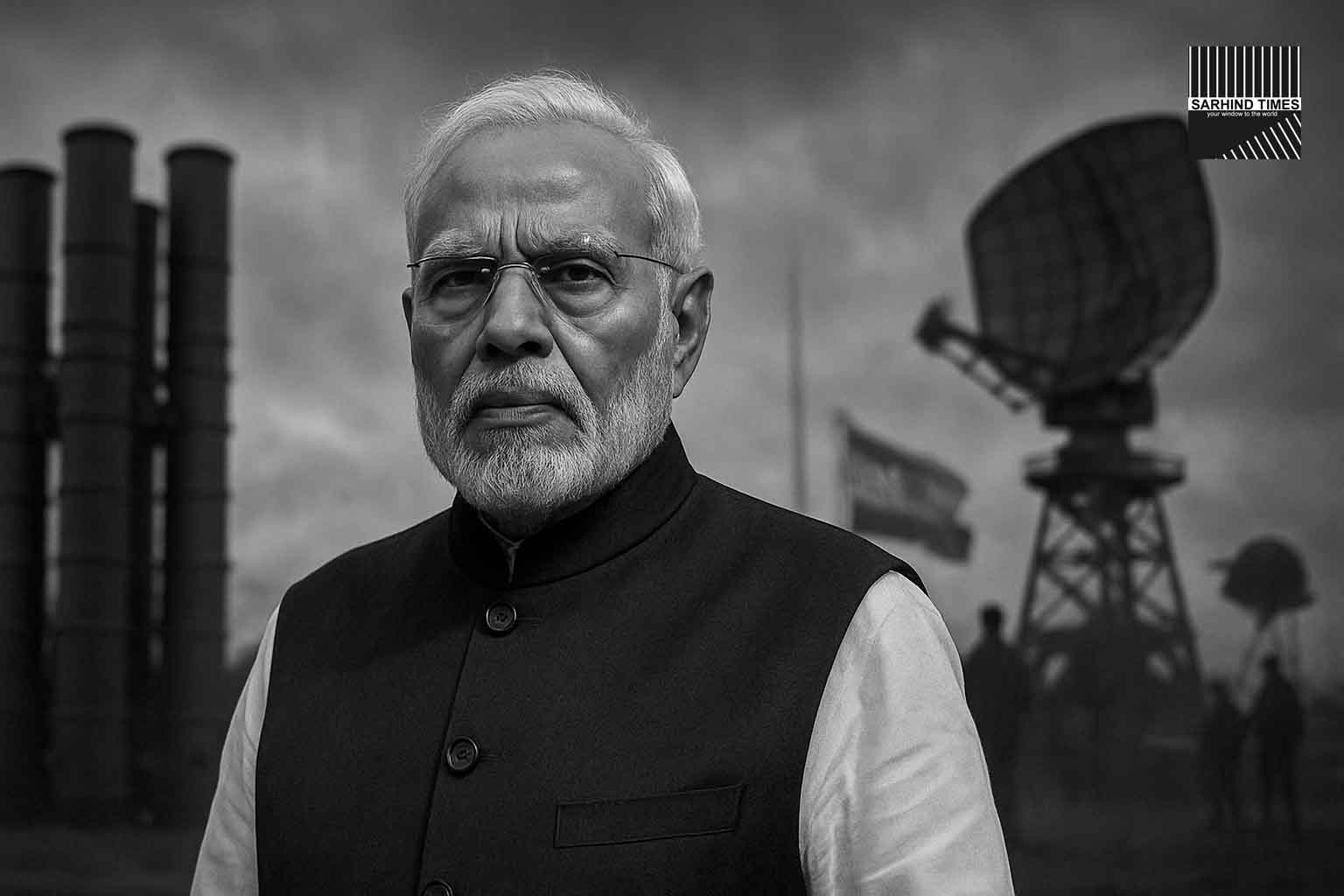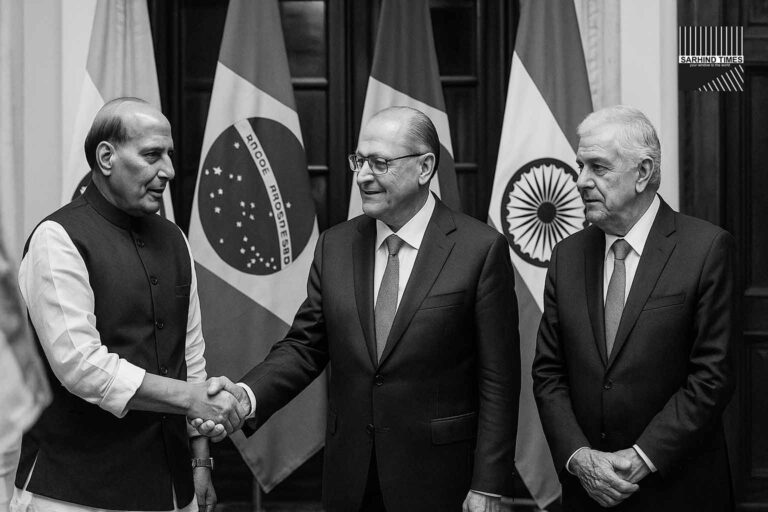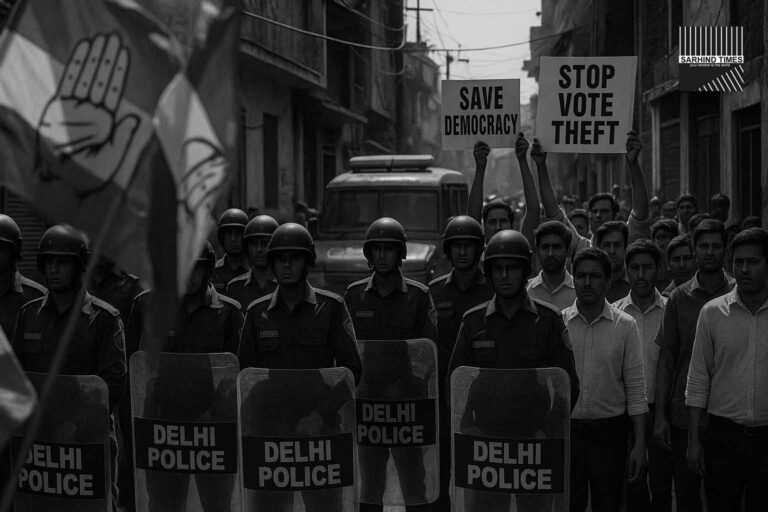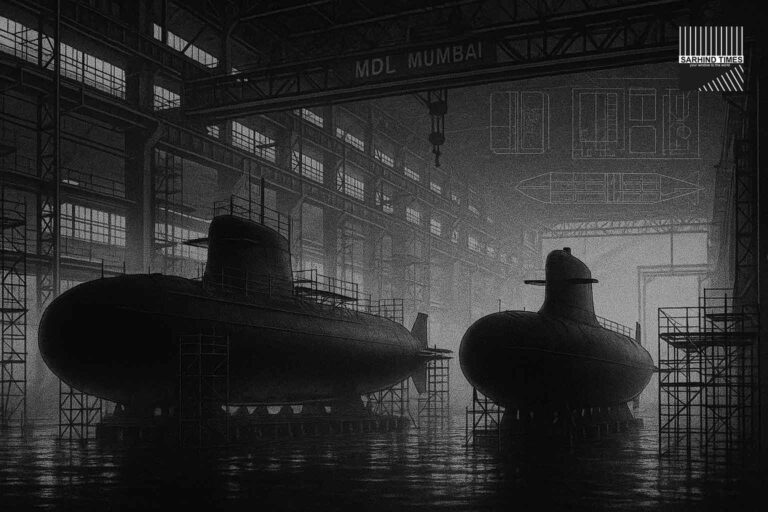A Defiant Statement at a Crucial Moment
Prime Minister Narendra Modi’s latest statement—that a “new India” will not be intimidated by nuclear threats—has sparked widespread attention both domestically and abroad. Delivered in the early hours of Thursday, the message was short yet powerful. It came against the backdrop of increasing global uncertainty, sharpened regional rivalries, and debates over nuclear doctrines.
In just a few lines, Modi sought to reassure the Indian public while sending an unmistakable signal to adversaries: India is not a passive observer in the face of nuclear posturing. Instead, it is prepared, resilient, and willing to defend its sovereignty.
For many, the remarks echo India’s long-standing philosophy of credible minimum deterrence but with a modern twist—a posture that blends military capability, strategic communication, and diplomatic confidence.
2. Historical Context: India’s Nuclear Journey
India’s nuclear policy dates back to the Cold War era, when New Delhi balanced peaceful atomic research with strategic concerns. After the 1974 “Smiling Buddha” nuclear test, India lived under decades of sanctions and technology restrictions.
The 1998 Pokhran-II tests, under Prime Minister Atal Bihari Vajpayee, formally declared India a nuclear weapons state. The government then announced a No-First-Use (NFU) policy, promising nuclear retaliation only if attacked first. This doctrine, combined with “credible minimum deterrence,” has been the bedrock of Indian nuclear strategy.
However, periodic reviews and remarks from senior leaders—including suggestions of revisiting NFU—have kept analysts debating whether India might adopt a more flexible approach in the future.
3. Modi’s Statement in Perspective
By declaring that “new India is not afraid of nuclear threats,” Modi positioned the country as both resolute and forward-looking. This reflects three priorities:
- Confidence in defense modernization – from indigenous missile systems like Agni-V to submarine-based deterrence.
- Strategic signaling to adversaries – particularly in a volatile neighborhood where nuclear rhetoric is occasionally used as a bargaining chip.
- Domestic reassurance – giving the Indian public a sense of security and pride at a time of shifting global power balances.
The statement also highlights India’s increasing use of strategic communication as part of its deterrence strategy, ensuring adversaries know that intimidation will not yield concessions.
4. India’s Military Modernization and Deterrence
India has steadily invested in strengthening its nuclear triad—land-based missiles, submarine-launched systems, and air-delivered capabilities. Beyond nuclear weapons, conventional modernization has accelerated:
- Missile Development: The Agni series, including the intercontinental Agni-V, has extended India’s reach.
- Submarine Capabilities: INS Arihant, India’s first nuclear-powered ballistic missile submarine (SSBN), gives New Delhi a second-strike capability.
- Air Power: The integration of Rafale jets and upgrades to Su-30 MKIs enhance delivery systems.
These capabilities, combined with advanced surveillance, cyber defense, and space-based assets, strengthen deterrence while reinforcing India’s role as a responsible nuclear power.
5. Global Reactions: Allies and Rivals Respond
International observers closely parsed Modi’s remarks.
- The United States & France likely view it as consistent with India’s doctrine, but welcome the clarity in an era of disinformation and hybrid threats.
- China & Pakistan, both nuclear neighbors, are expected to monitor closely. Islamabad, in particular, has often used nuclear rhetoric in conventional conflict scenarios.
- Global Media highlighted the statement as part of India’s assertive foreign policy narrative, aligning with its rising profile in the G20 and BRICS.
Security analysts suggest that while adversaries may publicly dismiss the comments, privately they will factor India’s resolve into their calculations.
6. Opposition & Domestic Debate
Domestically, reactions split along political lines.
- Ruling party leaders praised the statement, calling it evidence of a “fearless India under strong leadership.”
- Opposition leaders urged caution, saying strong words must be backed by clear policy articulation and robust crisis-management mechanisms.
Think tanks added that consistency matters: if strategic doctrines shift without clear communication, deterrence credibility could weaken. Still, they acknowledged that confidence-building messages resonate with both citizens and armed forces.
7. Strategic Communication in the Nuclear Age
Experts stress that deterrence is not just about hardware; it is also about perception. What leaders say, when they say it, and how they frame it can be as crucial as missiles in silos.
In today’s world of instant social media, “information warfare” and “narrative battles” play a big role. India’s assertive stance, amplified across news channels and digital platforms, tells both allies and adversaries that the nation is ready to protect its interests in all domains—land, sea, air, space, and cyberspace.
8. Nuclear Threats in a Global Context
India is not alone in facing nuclear rhetoric. Russia’s war in Ukraine has reignited debates over nuclear coercion. North Korea’s frequent missile tests keep East Asia on edge. Meanwhile, arms-control agreements are fraying, with the U.S. and Russia stepping back from Cold War-era treaties.
For India, Modi’s remarks reflect an awareness of this global environment. A confident India aims to be not just a regional player but also a responsible stakeholder in global nuclear stability.
9. Future Outlook: Diplomacy + Defense
Analysts expect India to maintain NFU but continue modernizing its arsenal and doctrine. Simultaneously, New Delhi will push for recognition as a responsible nuclear power, seeking entry into export-control regimes like the Nuclear Suppliers Group (NSG).
Future priorities include:
- Expanding second-strike survivability through SSBN fleet.
- Integrating AI and cyber defense into nuclear command systems.
- Using nuclear diplomacy to build stronger global partnerships.
10. Conclusion: The Message Behind the Message
Prime Minister Modi’s remarks may have been brief, but they underline a crucial truth: deterrence lies not only in weapons but in willpower.
For India, the “new” dimension is not just technology, but confidence—a belief that it can defend itself, reassure its citizens, and engage the world as a major power.
#PMModi #IndiaSecurity #Deterrence #NationalSecurity #Geopolitics #India #Defense #ForeignPolicy #NuclearDoctrine #CredibleDeterrence

























+ There are no comments
Add yours